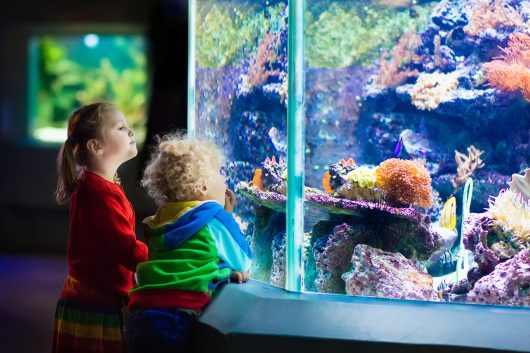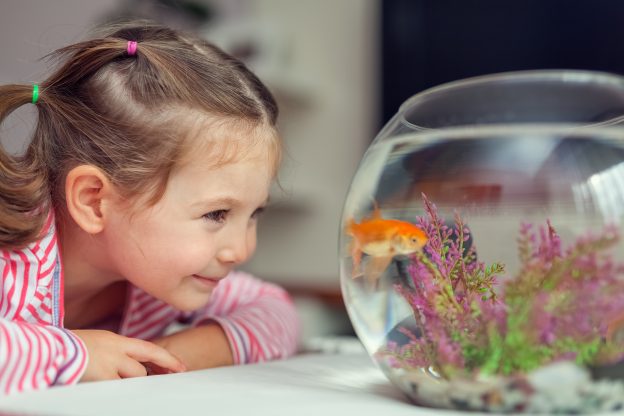You can see it, can’t you? A young child holding a fish bowl with both hands, peering into the top to see the fish swimming around. It seems every child cared for a little goldfish at some point, but somehow, all the goldfish went to a happier place, as Mom and Dad said. There are many possible reasons for that, but one is that the bowl itself might not have been suitable for the fish. Fish tank sizes are one of the most important factors in giving your fish the best life, and it’s about more than just giving them space to breathe.
Why the Right Fish Tank Sizes are Crucial
When it comes to fish tank sizes, let’s get this out of the way first: The bigger, the better. If you have the space and want to invest in a larger fish tank, it really won’t hurt, as long as you have appropriate heaters and other equipment installed. It’ll only make your home or place of business that much more beautiful.
That being said, you really should choose fish tanks that are of at least an adequate size, and here’s why.
1. The fish need room to roam.
Fish have different personalities and need room to do their thing. If they’re cramped, the fish are more likely to fight with each other. Without adequate space and the shelter of rocks and decor, especially timid fish might not stand a chance.
2. The fish need room to breathe.
Smaller fish tanks have less oxygen, and without an adequate supply of oxygen, fish will suffocate. That is especially true if too many fish, unwieldy plants, and other livestock are cramped in the tank.
3. Filters are a must.
If you truly want to give your fish a good home, you need to include at least the basic filters, as well as gravel, rock, and plants. There’s simply no room in a small tank or fish bowl for adequate equipment.
4. The water quality would be extremely poor otherwise.
It’s enough of a challenge to keep the water quality at an optimal level in a large fish tank. In a small fish tank, it would be nearly impossible. An appropriate fish-to-water ratio assures that the tank does not become saturated with debris and chemicals, which will endanger or kill the livestock.
Additionally, even if you try to help by cleaning the tank manually, you might not be able to keep up and find yourself frustrated with how much of your time the chore is consuming.
5. The temperature of the water won’t be optimal with an inappropriately sized tank.
If the fish-to-water ratio isn’t suitable, the water can become too warm, which will make your livestock uncomfortable.
How to Choose the Right Fish Tank Sizes
 The question that may come to mind now is, “Well, what size fish tank should I get?”
The question that may come to mind now is, “Well, what size fish tank should I get?”
Some people use a one-to-one ratio, which is one inch of fish per one gallon of water.
However, we wouldn’t necessarily hold fast to that rule because many factors are involved in choosing the ideal fish tank size. It truly depends on a combination of answers to the following questions.
- How much space do you have in your home or place of business?
- How many fish do you plan to place in the fish tank?
- Do you prefer a fish tank full of decor, or is only the bare minimum enough?
- What types of fish will you have in the tank?
- Will you add livestock other than fish?
- How large do your fish become when they are of adult size?
- Do you plan to continue adding livestock to your tank over time?
- How much time do you want to invest in maintaining the tank?
- Will you have livestock in the tank that might not be compatible, and therefore need additional space?
These are only some of the questions that will make a difference in the tank you choose.
If you live in the Phoenix area, our aquarium technician can help you identify the right fish tank size in your particular scenario. Call us at (602) 628-7270 for the answers to your questions.






